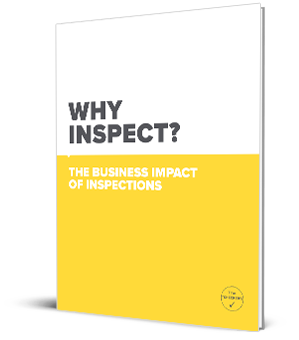To simplify data collection and various daily activities, organizations are increasingly using software to automate their auditing and inspecting of assets. Whether it’s a safety inspection, a production process, or another type of workflow, software automation helps systematize the work.
Checklists integrated into the software are a way to get personnel to buy-in to the benefits of this automation. Why? Because checklists and software were made for each other.
Digitally Shared Checklists Keep Everyone on the Same Page
With checklists integrated into software, enterprises can document every recurring audit or inspection their teams undertake. They can then use that data to guide continuous business improvement and risk reduction, particularly in the areas of safety and maintenance.
A checklist is a crucial tool for ingesting information into the system to which everyone is connected. By automating recurring inspections and audits, information and knowledge can be quickly gained, assimilated, and shared so that teams and their members can always be in the know about the status of projects, what others are working on, and where to go for more in-depth info.
That connectivity is especially valuable for employees working remotely from each other.
Checklists Prevent Human Error
The risk of human error in collecting, transforming, and processing data rises significantly when done manually. But there's no way around it; you've got to have the data gathered by audits and inspections. It's essential in risk mitigation and business strategy.
Checklists integrated into an overall audit/inspection software solution are a major help in reducing the risk of human error in this data-gathering. Checklists can be simple, but powerful, tools even if they're written on napkins. In software designed for conducting and managing audits and inspections, checklists can be the backbone of an enterprise's proactive approach to safety and maintenance.
Takeaway
Software for inspecting and auditing for efficiency and safety is increasingly being used across a wide range of industries. However, human involvement is still essential to make it work. Checklists are a tissue that connects people and the software. The Checker offers audit/inspection software that uses checklists as a vital function.











